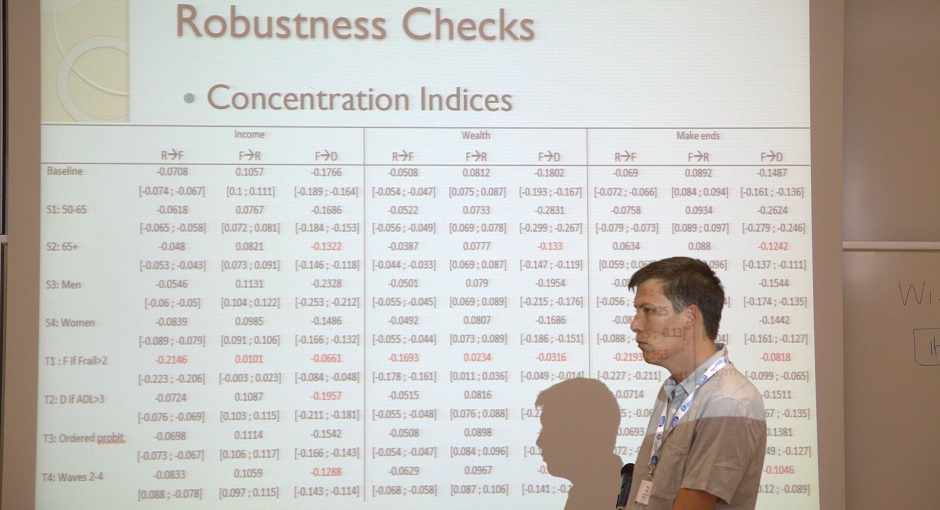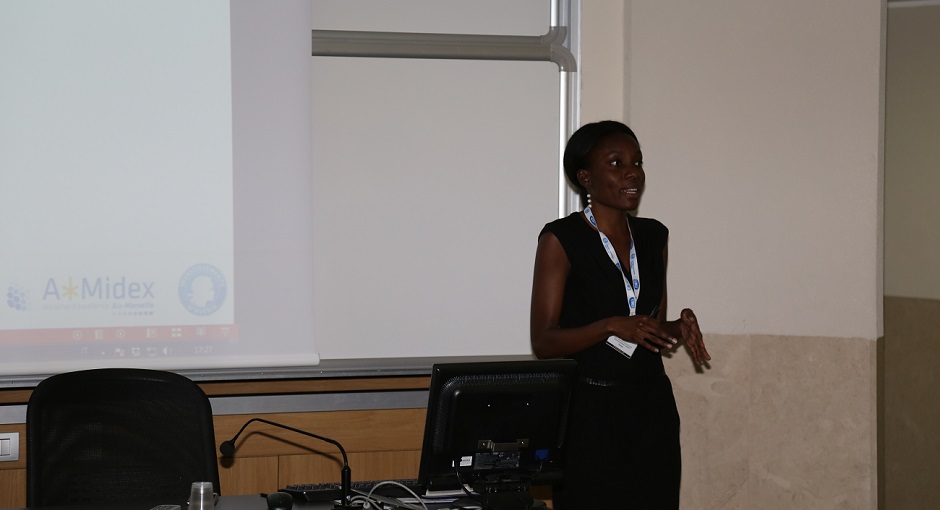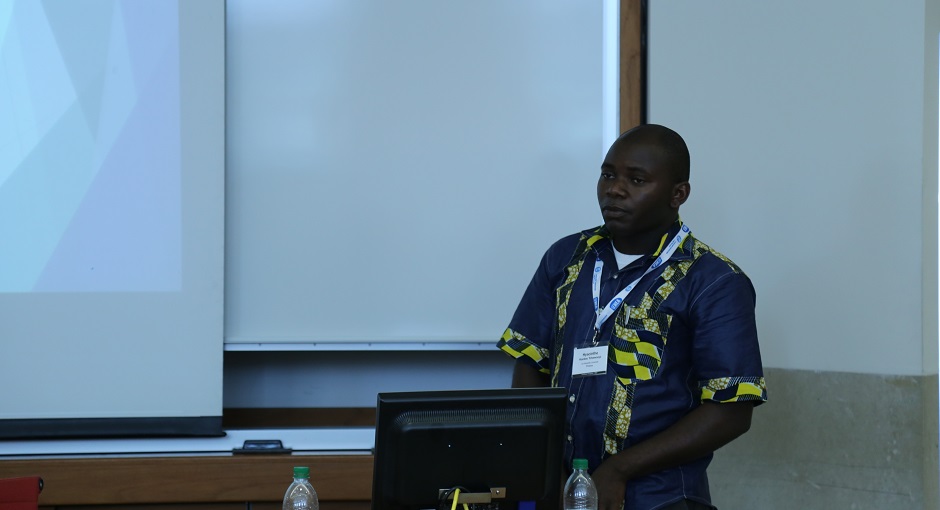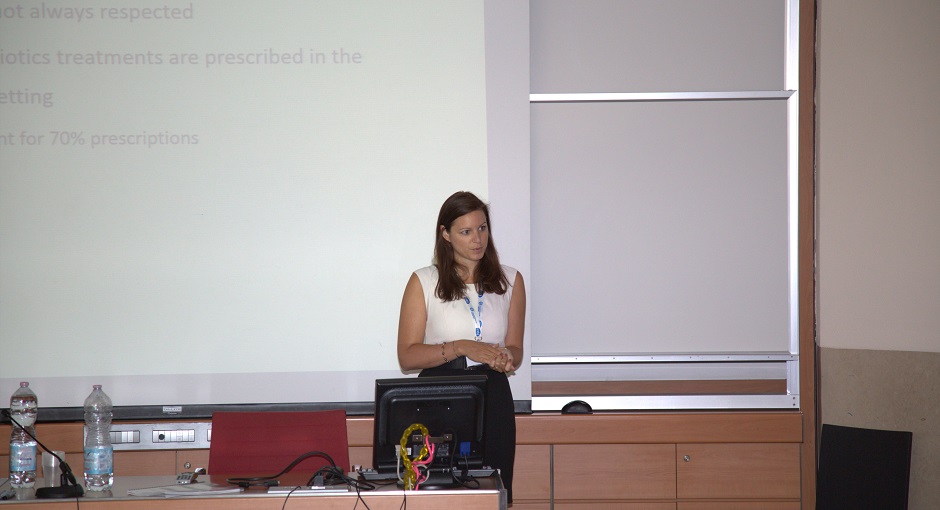Summary
Presentation: "Cross-Country Gender Disparities in Underlying Dimensions of Early Childhood Deprivation: Evidence from the MENA Region".
 
Abstract
Over one billion children lived in deprivation in the developing world in the year 2003. The causes and effect of this phenomenon differ from those of adult deprivation and poverty. Poverty in childhood affects the individual in adulthood, for example, undernourishment in childhood and lack of immunization severely impacts the cognitive development of the child, leading to severe limitations in job advancement and also to a shortening of the lifespan of the given individual. This paper presents the result of an empirical investigation into early childhood deprivation in two Middle Eastern and North African (MENA) countries and elaborates on policies needed to reduce deprivation and eventually poverty in the chosen dimensions. We adopt the poverty as a capability-deprivation approach put forth by Amartya Sen and recently applied in studies using the Alkire-Foster approach. We reconcile this approach with the operationalization of the capability approach using confirmatory factor analysis (CFA) and structural equation modeling (SEM). This study uses data from the Pan Arab Family Health (PAPFAM) Survey collected between the years of 2002 to 2009. The survey was set up to collect health data in the MENA region in a bid to aid national health institutions in formulating, implementing, monitoring and evaluating policies and programs geared towards family and reproductive health. While a generic survey was produced, countries were allowed to modify and adapt it to their local contexts. As such not all modules in the survey was used by all countries and in addition, not all questions were addressed in all the countries. Thus out of the 10 participating countries, only 2 were used for our analysis, namely Morocco (2003/4) and Syria (2001). The study especially focuses on four dimensions of early childhood capability namely, nutrition, sanitation, shelter and information. While nutrition is measured by stunting, wasting and under/overweight, sanitation is measured by cleanliness of household, presence of toilet and garbage disposal. We measure shelter by the quality of the floor, source of lighting, type of housing and overcrowdedness whereas information is measured by the presence of a television, radio or telephone. We focus on children between the ages of 0 and 4 years old. The results of the multi-group CFA shows that both cross-national and gender disparities exist in the underlying dimensions of early childhood deprivation. Females appear to be more capability deprived but the intensity varies from one country to another. The SEM shows that parental education and the gender of the household head affects gender disparities as an educated male head implies high nutrition, high shelter and high sanitation as well as access to information, all of which are dimensions of capability.
 
Key Terms: Early Childhood Deprivation; Nutrition; Gender Disparities; Structural Equation Models; Confirmatory Factor Analysis; MENA







